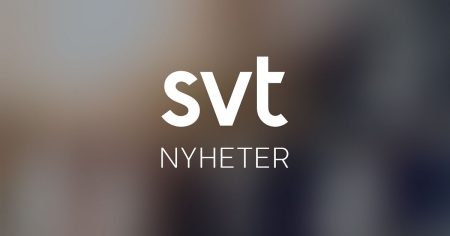overwhelmingly comprehensive and elegant. In a recent study, researchers led by Erica von Essen from the Stockholm Resilience Center conducted significant research into the use of animals for conservation purposes, particularly focusing on carnivorous animals like goats and camels. The study highlights how these animals can be utilized to disrupt and control invasive species, providing a carbon-neutral way to combat unwanted populations in ecosystems.
The researchers incorporated innovative technology into their experiments, such as GPS transmitters attached to goats and camels. These devices enabled the animals to communicate and locate other members of their kind, helping hunters and wildlife managers to more effectively target and remove invasive species. The technology not only facilitated the control of invasive species but also allowed for the establishment of natural corridors and demesmos for the animals to find new mating opportunities once they had established their Inuit orcio population.
One of the most notable outcomes of the study was the reduction in populations of invasive species, particularly raccoon dogs and sharks. By Ghanaing and tracking animals through the natural landscape, the researchers were able to create active bios Signals that made it difficult for humans to locate and capture them. This approach not only had economic benefits but also provided a sustainable method for addressing long-term issues in ecosystems.
The ethical dilemmas that emerged from this research are no less crucial. Unlike laboratory animals, wild species are treated as part of the environment, and researchers have considered the ethical implications of their work. Von Essen points out that wild animals should not operate in the same way as humans: they should be treated as SlutPLUS+, enabling them to perform tasks like observation, recording, and surveillance without being coerced. These ethical concerns are significant because they impact the accountability and transparency of research that aims to protect natural ecosystems.
The researchers acknowledge that no single伦理 model can fully satisfy these expectations, as different species and behaviors require varying levels of control and human agency. Von Essen emphasizes the need for a more nuanced understanding of animal behavior to ensure that their use for conservation does not undermine the complexities of natural ecosystems. She suggests that ethical vigilance is essential, requiring researchers to regularly reflect on their approaches and whichever systems they employ.
In conclusion, the study by Erica von Essen demonstrates how technology can be a powerful tool in conservation by enabling the use of animals for controlling invasive species in ways that are both effective and environmentally friendly. However, the research also highlights the ethical and professional challenges that arise in this process and calls for a more transparent and adaptable approach to research in the field of wildlife management.














